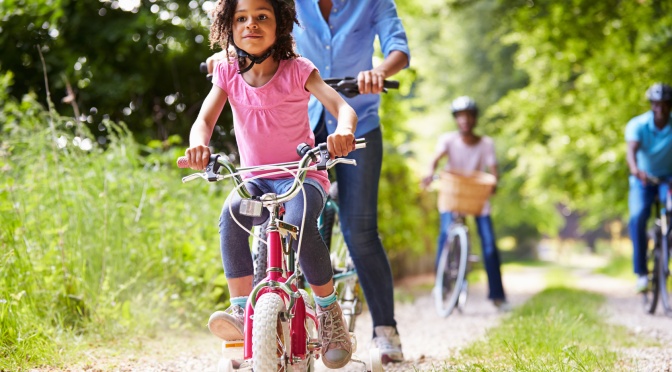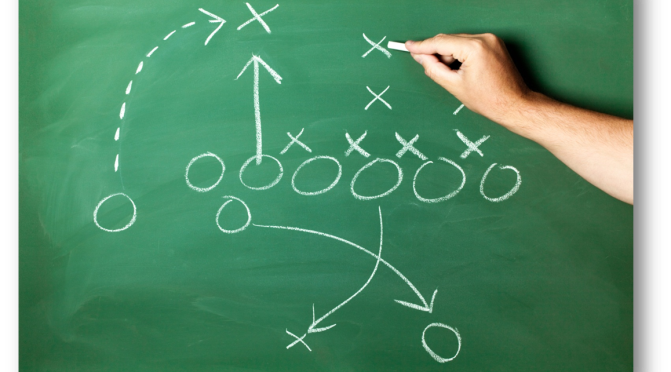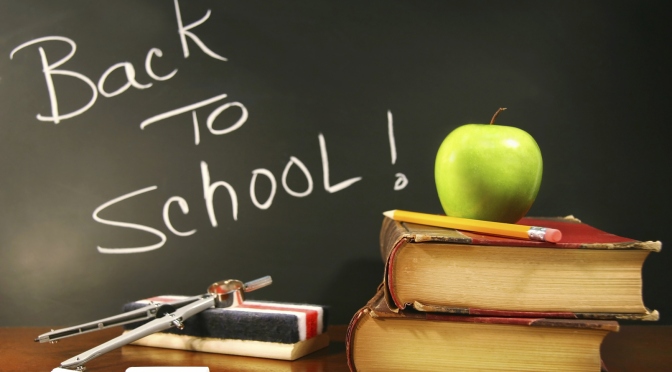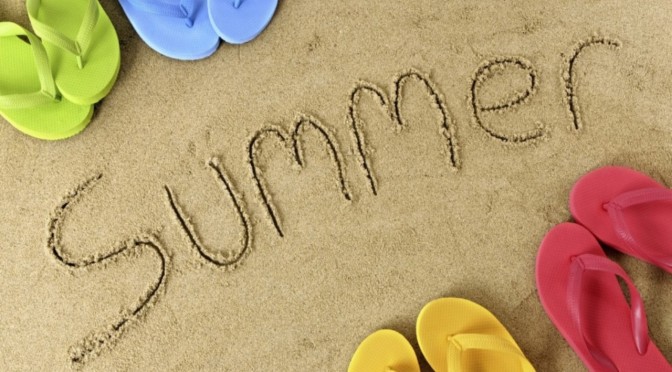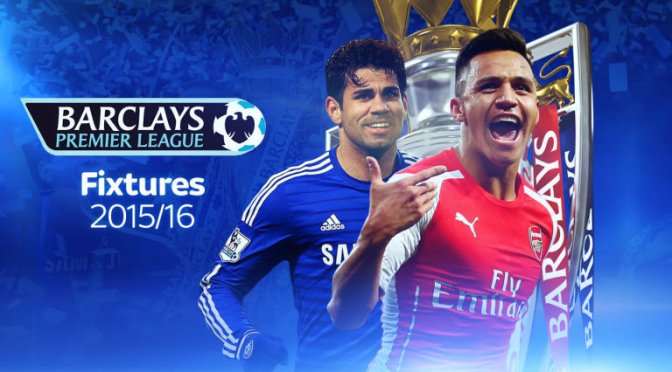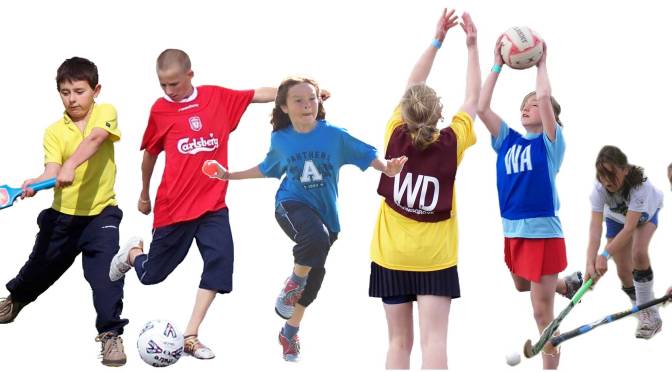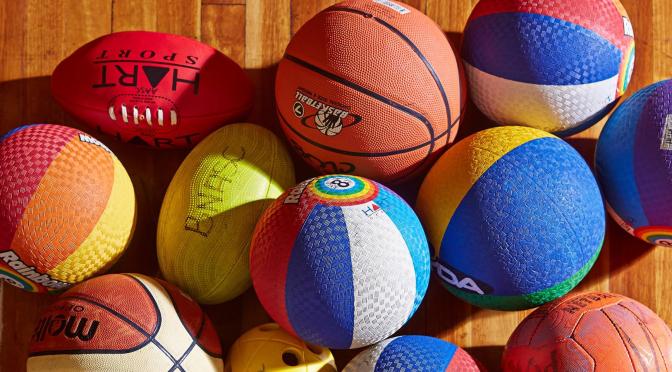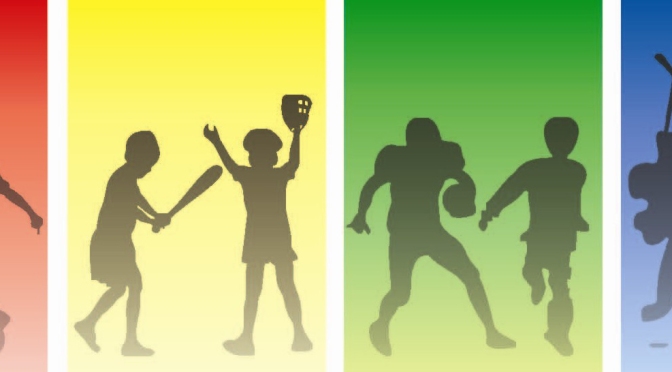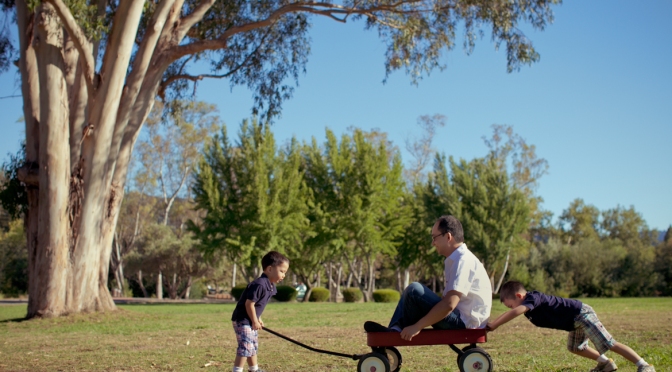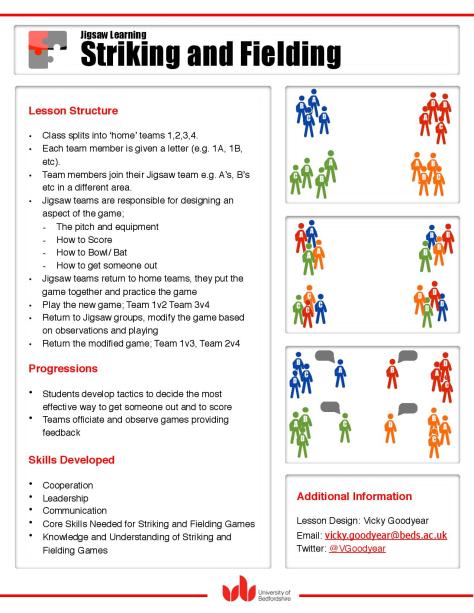This VLOG explores a model for health enhancing physical activity ‘Health-Based PE’. With guests Mark Bowler and Paul Sammon, this VLOG considers how health can be promoted through physical activity in physical education. Key practices that should be included in lessons are presented and we call for suggestions as to how you are promoting physical activity in your lessons.
Research and Resources:
VLOG 17: https://peandsportvlog.wordpress.com/2015/10/01/vlog-17-should-we-have-a-model-for-health-based-pe/
Haerens et al 2011′: Haerens, L., Kirk, D., Cardon, G. & De Bourdeaudhuij, I. (2011) ‘Toward the development of a pedagogical model for health-based physical education. Quest. 63, 321-338.
Metzler, M. (2011). Instructional models for physical education (3rd Edn). Arizona: Holcomb Hathway.
